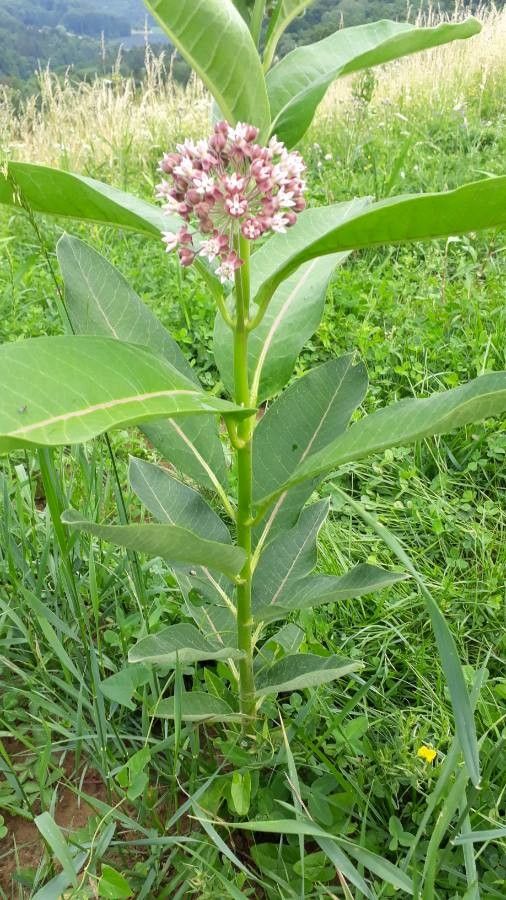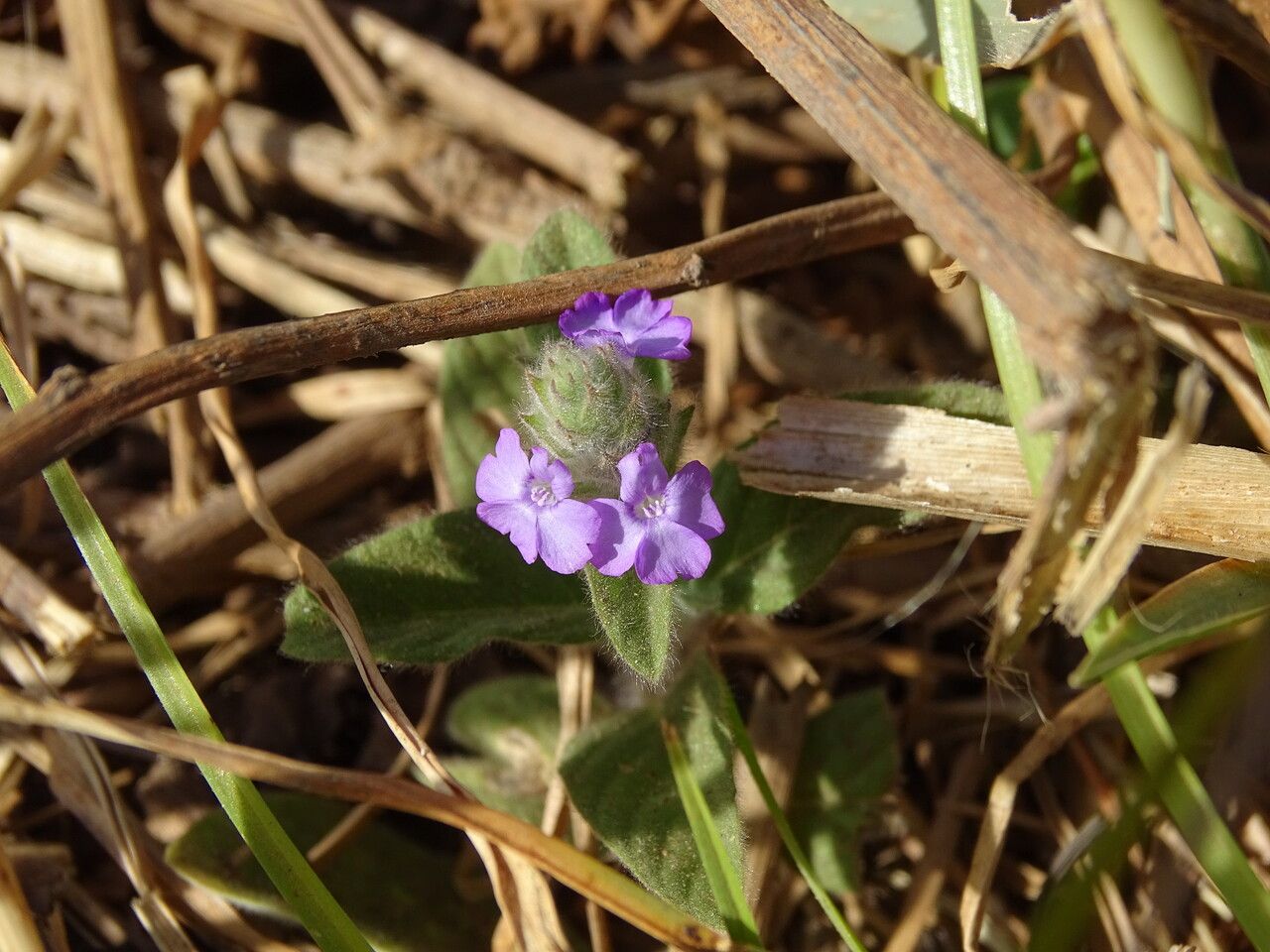## Common Milkweed: A Gardener's Guide to *Asclepias syriaca*
Common milkweed (*Asclepias syriaca*), a member of the Apocynaceae family, is more than just a pretty wildflower; it's a keystone species vital to the survival of Monarch butterflies. This robust perennial boasts striking, fragrant pink-white flowers and intriguing seed pods that burst open to release fluffy seeds carried by the wind. But beyond its aesthetic appeal, understanding its needs is key to successful cultivation.
### Habitat and Growth
Common milkweed thrives in full sun to partial shade conditions. It's highly adaptable, flourishing in a range of soil types, but prefers well-drained soil. While it tolerates dry spells once established, consistent moisture during its growing season encourages lush growth and abundant blooms. It's a vigorous grower, spreading readily through rhizomes, making it an excellent choice for filling larger spaces or creating a naturalized look in your garden.
### Planting and Care
Planting common milkweed is straightforward. Start seeds indoors 6-8 weeks before the last frost or sow directly into the ground after the danger of frost has passed. Space plants 18-24 inches apart to allow for growth. Regular watering is essential, particularly during establishment. Once established, it becomes remarkably drought-tolerant. While not strictly necessary, a light feeding of compost in spring can enhance flowering. Deadheading spent flowers encourages more blooms and prevents self-seeding.
### Propagation
Common milkweed can be easily propagated from seed or by dividing established plants in spring or fall. Seeds should be sown in moist soil and kept warm. Division involves carefully separating the rhizomes and replanting them in prepared soil.
### Attracting Pollinators
The fragrant flowers of common milkweed are a magnet for pollinators, especially Monarch butterflies. The Monarch butterfly caterpillar exclusively feeds on milkweed, making it a crucial component of their lifecycle. By planting milkweed, you contribute to the conservation of this iconic species and support a healthy ecosystem.
### Potential Challenges
Despite its resilience, common milkweed can be susceptible to certain pests and diseases. Aphids are a common nuisance, but usually don't cause significant damage. Fungal diseases may occur in poorly drained conditions. Maintaining good air circulation and avoiding overhead watering can help mitigate disease risk.
### In Conclusion
Common milkweed is a rewarding addition to any garden. Its ease of cultivation, beautiful blooms, and crucial role in supporting pollinators make it a valuable asset for both experienced and novice gardeners. Its contribution to ecological balance makes it a plant worth embracing.
Common Milkweed: Planting, Care & Identification

Frequently Asked Questions
How do I attract Monarch butterflies to my garden?
Plant common milkweed! Monarch caterpillars exclusively feed on milkweed, making it essential for their survival. Provide ample sunlight and water to ensure healthy plant growth.
What type of soil does common milkweed need?
Common milkweed tolerates a range of soil types, but prefers well-drained soil. It will thrive in sandy, loamy, or clay soils, as long as the soil doesn't stay waterlogged.


